Treating an Epidemic
A health care system in crisis
By Matthew Biddle

From left: Jasmin Dhanjal, DDS/MBA ’18; Conrad Gleber, MD/MBA ’17; Bisi Aiyelabowo, PharmD/MBA ’17; Ishita Mehta, PharmD/MBA ’17; Laura Bielecki, PharmD/MBA ’18; and Russell Van Coevering, MD/MBA ’17. Photo: Tom Wolf.
Every day, Stephanie Yamout, MD/MBA '09, sees newborns in the neonatal intensive-care unit and moderately to critically ill children who are admitted to the hospital or arrive in the emergency department.
As a pediatric hospital medicine specialist at Kaiser Permanente's Oakland and San Leandro medical centers, Yamout relies on accurate information to issue a diagnosis and treat her patients.
"At Kaiser, the three main entities — the hospital, health plan and physician group — are all tied together, and there's a free flow of information," says Yamout. "When a patient comes to the hospital, we know what's been going on. I can see if they've been emailing with their primary doctor or visited a clinic, and read the notes. I'm not starting from scratch."
That's not the case at every health center. During her residency, the hospital system lacked coordination and a robust medical records system, so she relied on parents for their child's medical history.
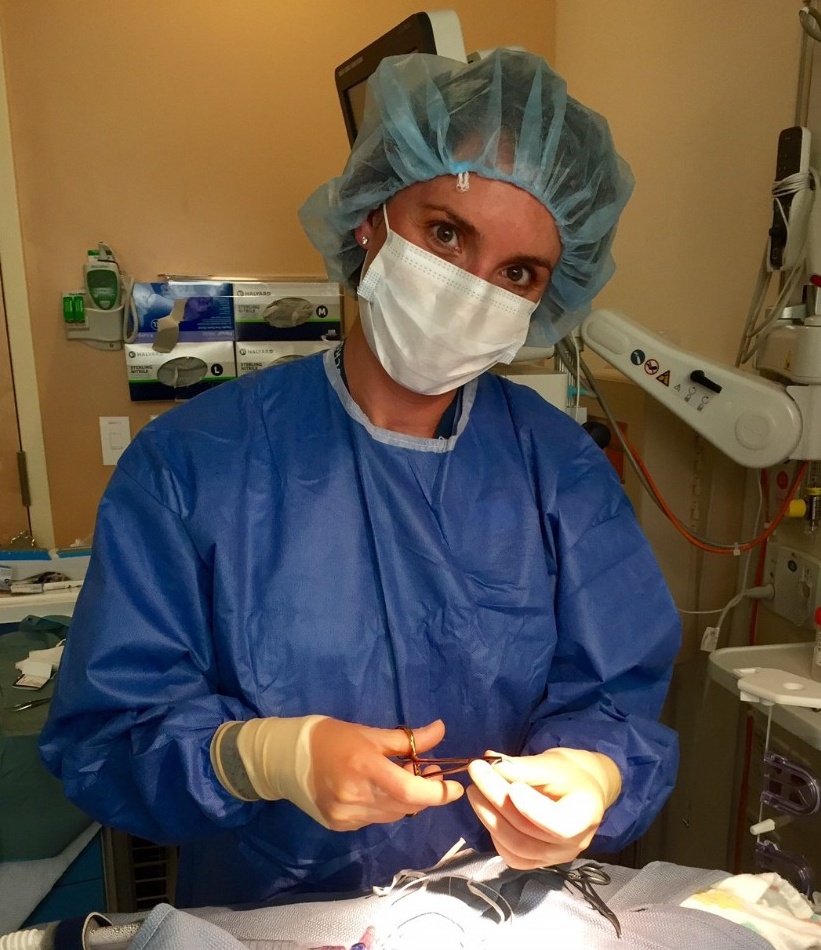
"Parents don't just have this information at their fingertips, especially if they're stressed because their kid is sick. How are they going to remember how many milligrams of medication their child had?" Yamout says. "I spent a lot of time making phone calls and doing clerical work, trying to get that information so we didn't make medical errors."
Yamout's experiences are indicative of some of the major problems facing the American health care system: high costs and inefficient practices that can impact patient outcomes.
The United States spends more per capita on health care than any other developed nation, according to the Organization for Economic Cooperation and Development (OECD), which compares data related to economic and social well-being worldwide. In fact, on health care-related costs in 2013, the U.S. spent $8,713 per person — 2.5 times the international average — and more than 18 percent of the country's overall gross domestic product.
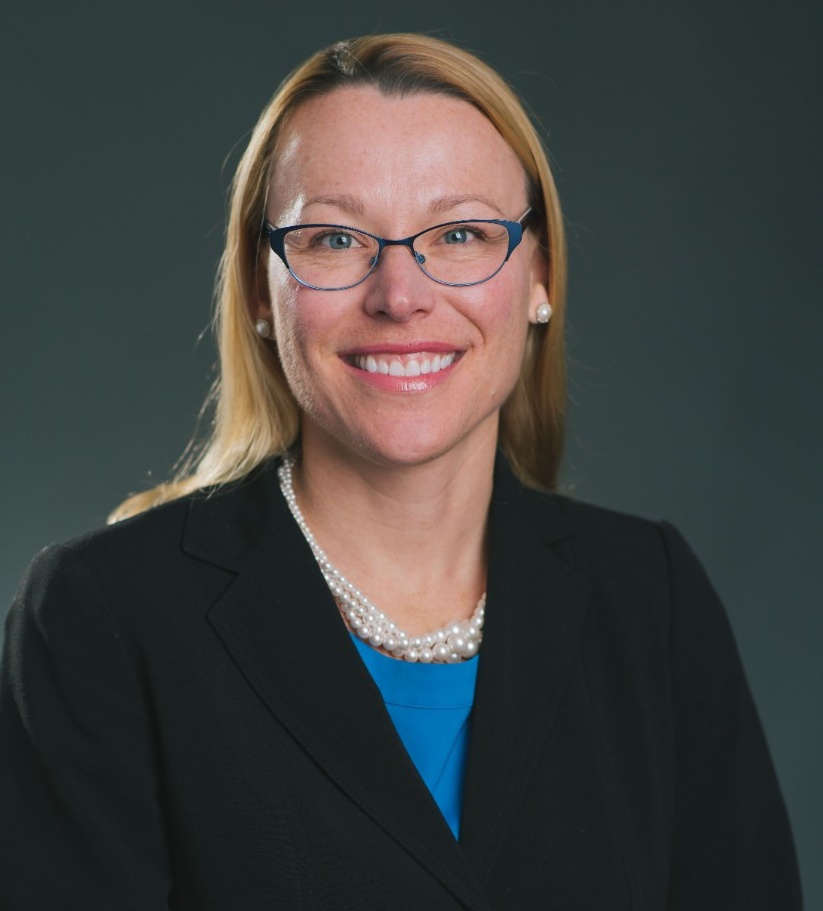
The high costs, however, are not justified by equally impressive outcomes. According to the OECD, American life expectancy falls short of the international average. In 2014, the Commonwealth Fund ranked the American health care system last or nearly last out of 11 developed nations in efficiency, equity, access and overall performance. Last year, the Social Progress Index ranked the U.S. 68th out of 132 countries on overall health and wellness.
With the Affordable Care Act and the 2016 presidential election pushing the health care debate further into the public consciousness, experts agree the industry has reached a tipping point, forcing policymakers, executives, clinicians and users of health care to address tough questions: How did we get here? And, most importantly, how can we change the system so every American can live healthier?
High volume, high costs
Before joining the School of Management as executive in residence for health care administration, Larry Zielinski spent 25 years in the health care industry, including terms as president of two health care organizations.
"The first thing I did each morning was pull up a screen on my computer that told me how many sick people were in my hospital. I needed as many sick people as possible because that's what generated revenue for the health system," he says. "Leaders should be rewarded for having every bed empty, but that's not the way the system works right now."
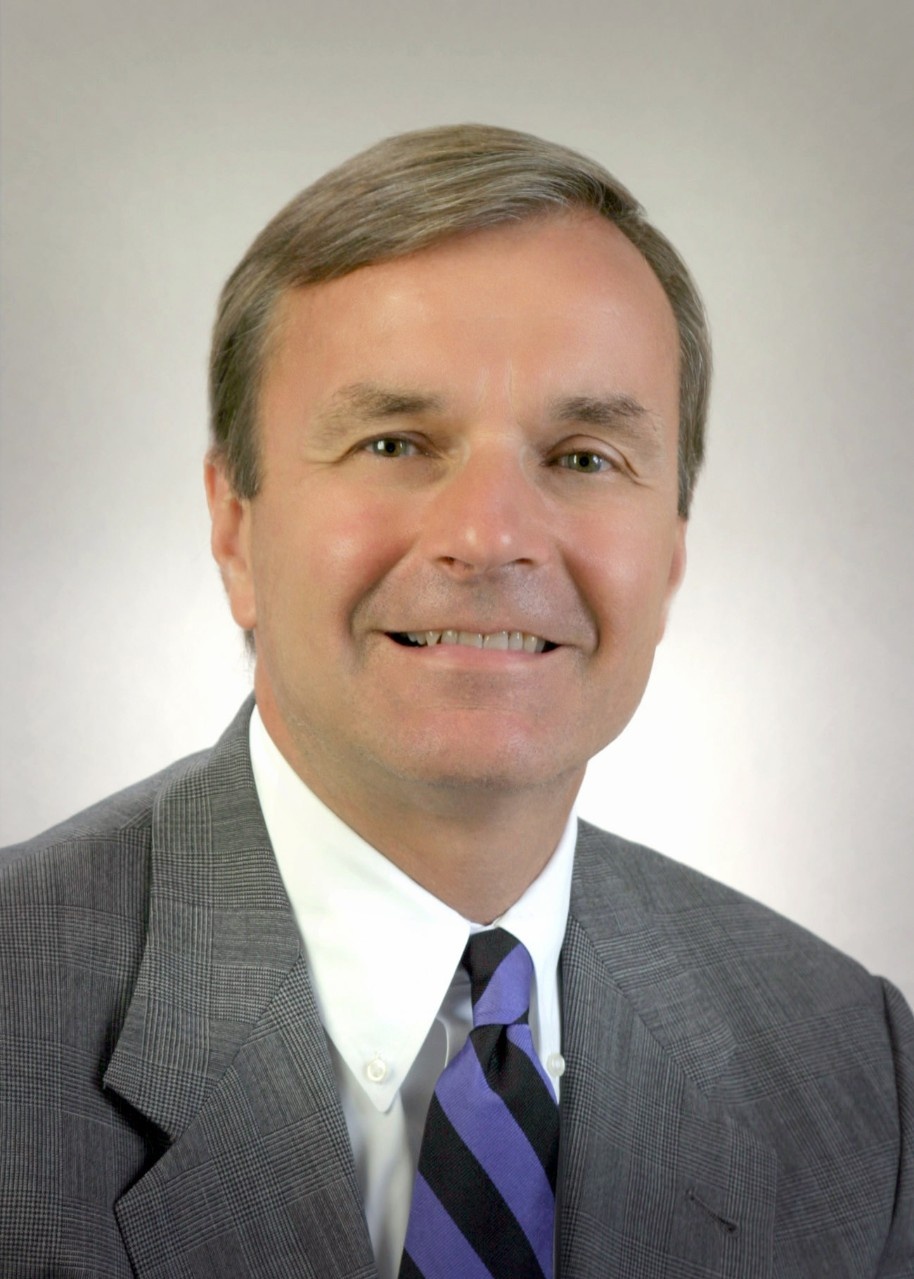
Larry Zielinski,
Executive in Residence for Health Care Administration,
School of Management
According to Zielinski, the No. 1 problem facing American health care is the fee-for-service repayment model that's been in place for decades. Under this system, payers — including insurance companies and federal and state governments through the Medicare and Medicaid programs — reimburse providers based on cost for every service provided.
"Fee-for-service medicine encourages volume and high-cost procedures," Zielinski says.
Therefore, Zielinski says, the American health care system spends the most health care dollars on costly acute care and a fraction of that amount on relatively inexpensive preventive and primary care. As a result, the country faces a shortage of primary care doctors and high rates of lifestyle-related chronic conditions, like heart disease, lung disease and Type 2 diabetes.
Jennifer Wiler, MD/MBA '03, associate professor and executive vice chair of the Department of Emergency Medicine at the University of Colorado, sees 30 to 40 patients each shift in the emergency department. Of those patients, she says, 60 percent end up in the emergency department at least partially because of lifestyle, such as poor diet, lack of exercise, drug and alcohol consumption, and not seeking or having access to appropriate care, including mental health care.
"Payment models need to support high-value care and align incentives for everyone across the health care system," says Wiler, who has spoken nationally on health care repayments and emergency department operations. "Patient engagement is also critically important. We need to teach patients the importance of living a healthy lifestyle and hold them accountable for that."
Focus on value
Many experts advocate for value-based repayment models that align providers, payers and other stakeholders around the Triple Aim: a concept by Donald Berwick, MD, former administrator of the Centers for Medicare and Medicaid Services (CMS), that states that health systems should simultaneously improve an individual's care and the health of populations while reducing costs.
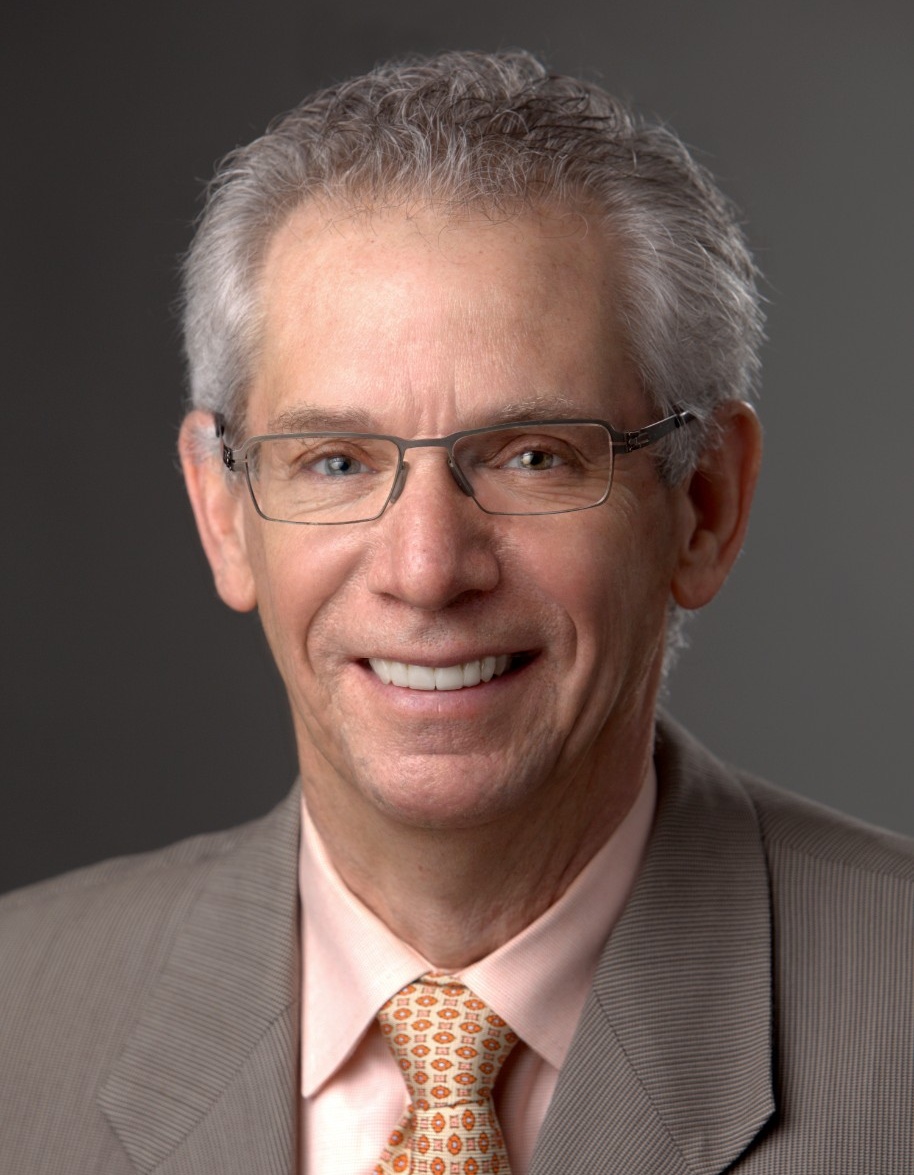
At Independent Health, a nonprofit health plan with more than 400,000 members in Western New York, this value-based model was the impetus behind its Primary Connection program, developed to support primary care, encourage coordination between specialists and general practitioners in the community, and improve patient outcomes.
"There are many opportunities to provide care by email or phone that are not paid for in a fee-for-service model," says Michael Cropp, MD, EMBA '03, president and CEO of Independent Health. "For participating physician practices, we provide a risk-adjusted prepayment based on the population they serve, and the practice determines how best to use those dollars — some might do more diabetes education, embed behavioral health specialists or embed pharmacists. If the practice demonstrates better results, through a combination of quality and efficiency, they're able to share in savings to the budget."
Cropp says the program has been successful so far on patient satisfaction, controlling costs and improving outcomes, including prevention and managing chronic diseases.
At Northwell Health, a system with 21 hospitals and more than 450 ambulatory and physician practices throughout the metropolitan New York region, Cynthia Khan, BS '95, MBA '97, leads a team to make data-driven, patient-focused decisions for smart growth throughout the system. As vice president of strategic planning, she works to enhance outpatient services to avoid costly inpatient stays and helped launch CareConnect, the first provider-owned insurance plan in New York State.
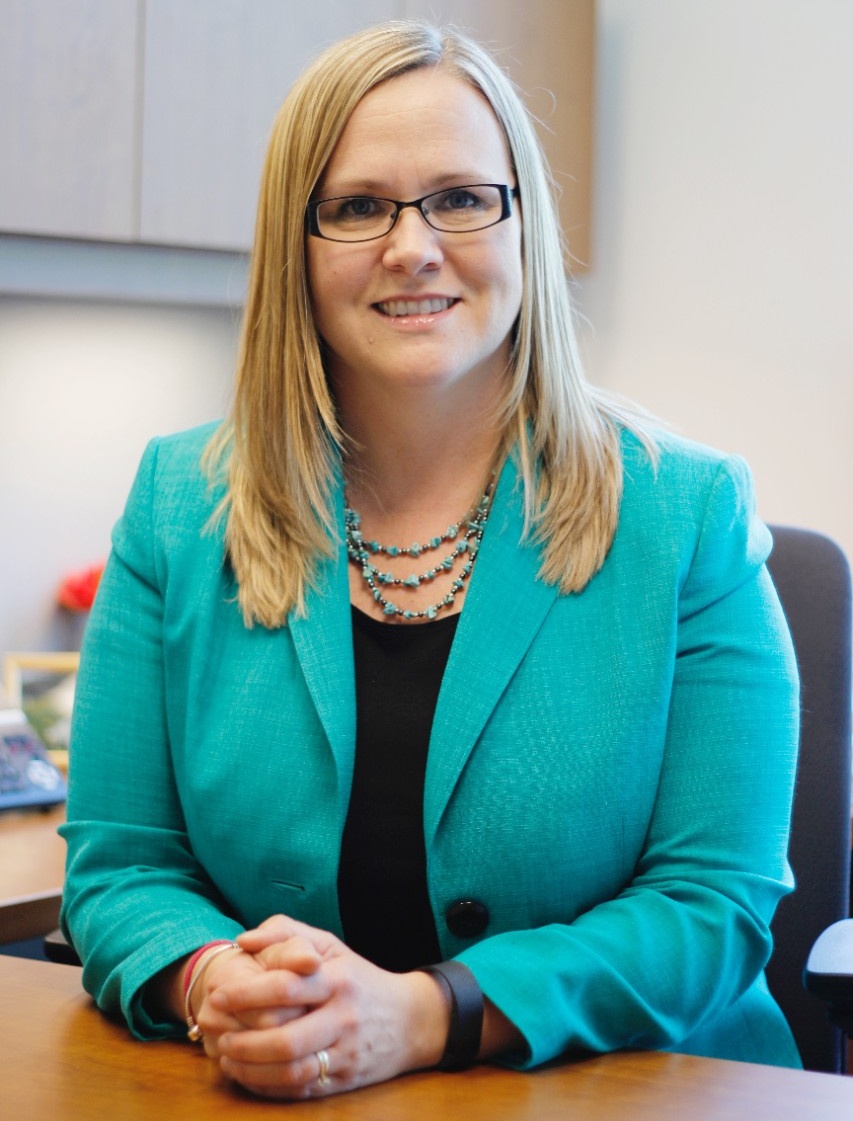
In addition, Northwell has led the early adoption of bundled payments, a CMS initiative that provides one lump payment for all services provided during a patient's stay and their post-hospital recovery.
"For a joint replacement, for example, we get a predetermined reimbursement to cover the entire episode of care, and if there are complications or readmissions, that's all out of pocket expense for us," Khan says. "It helps the patient because it ensures coordinated, best-quality care. We also stand to gain if we're able to keep our expenses down and become known as a provider of choice for these procedures."
Nationally, the Affordable Care Act has begun to take the value-centered model one step further with Accountable Care Organizations (ACO), in which doctors, hospitals and other providers manage the health of an assigned population together, based on a set budget and quality indicators. When an ACO succeeds in both outcomes and cost, the group shares the savings it reaped for the Medicare program.
"As we wean ourselves off the fee-for-service model, there have been issues in implementation, but most people in the industry say the concept is strong," Zielinski says. "Right now, it's like trying to change the wheels on a racecar going 100 miles an hour. The reimbursement system is the tires, but the system is still peeling down the track."
Race to arms
Industry experts agree that, by some measures, the United States far outpaces its developed peers in emergency and crisis care, medical and pharmaceutical research, and technological advancements.
"It's amazing that you can take an individual's angiogram and, by using a 3-D printer, create their vascular system so the surgeon can practice on the exact anatomy and defect he's going to touch in the patient," Cropp says.
Three-dimensional printing has undeniably impacted medicine for the better. But can there be too much of a good thing? On pharmaceuticals, the U.S. spends double the OECD average, and competition for the latest technology has led to a medical arms race, in which hospitals and other facilities compete to bolster their arsenals of expensive equipment.

Jurriaan de Jong,
Assistant Professor of Operations Management and Strategy
"I see a lot of waste in the health care environment," says Jurriaan de Jong, assistant professor of operations management and strategy. "When I worked in manufacturing operations management at Starbucks, if we invested in a new $1 million production line, we had to be sure we needed that equipment, or we needed to increase prices and that wouldn't fly. Those market forces don't apply in health care because the patient — the customer — often doesn't know the ultimate cost."
To control costs and reduce waste, De Jong has observed an increasing focus on established operations management principles like lean and six sigma, a growing trend toward hospital alliances to achieve economies of scale, and greater emphasis on value analysis in purchasing (see sidebar).
Care for everyone
General statistics about U.S. health care also mask the strength of our physicians and treatments for various conditions. According to Zielinski, middle— or upper-class Americans with insurance living near urban centers have access to the best care in the world.
But, as Centers for Disease Control and Prevention information shows, life expectancy and rates for obesity, depression, disability and a host of chronic conditions are directly related to poverty and education level. To truly change the system, administrators must try to address these social determinants of health.
"We deliver the very best care in pockets across the country," says Wiler. "The question is: Does every person have access to the highest quality of care, and what are we willing to pay for it?"

To reach underserved patients, Wiler led a project to identify high-frequency emergency department users and worked with a community faith-based organization to connect those patients with transportation and child care and address other barriers to care. She's seen significant improvements in healthy outcomes.
In her role as vice president of the Women's Service Line for Catholic Health System, Aimee Gomlak, MBA '94, oversees strategy for a $100 million portfolio of women's services across the continuum from primary care to inpatient and outpatient care and private physician offices. To improve efficiency, Gomlak's team reviews patient satisfaction surveys, consults with physicians and develops evidence-based procedures to improve outcomes while lowering costs.
To assist expectant mothers in underserved areas, Gomlak has initiated community programs in which the patient and her significant other complete her normal pregnancy wellness screening in a group setting and receive a hot meal, paid transportation and opportunities to meet others in their community.
"Many people of lower socioeconomic status may not have a support system with transportation or other people with similar experiences to talk to," Gomlak says. "Through these groups, women can build community and, believe it or not, have better birth outcomes. Studies have shown and we've observed that babies are more likely to be full-term and breast-fed if mothers are in group prenatal care."
Overhauling the system

Paul Tesluk,
Professor and Dean of the School of Management
Paul Tesluk, professor and dean of the School of Management, is an expert in leadership and organizational change. The time is right, he says, for a major shift in the U.S. health care industry.
"If the current state is broken enough, that will create the motivation to design something new and commit to undertake the effort required to move to a new state," he says. "But at the same time, if you're overwhelmed with problems, you might not have the bandwidth to think creatively and innovate in ways that allow you to make necessary changes."
To transform a system as massive and well-established as the health care industry, Tesluk agrees that reimbursement structures must be altered to incentivize stakeholders to work together from clinical medicine, pharmaceuticals, administration, the medical device industry and other sectors.
"We need to start small and identify specific objectives that are aligned with the goals of the Triple Aim," Tesluk says. "For example, by working together, how can providers, insurers and community organizations lower hospital readmission rates? That's a huge component in cost and quality."
Tesluk says institutions like the School of Management can help by educating the health care leaders of today and tomorrow about ways to manage and improve their systems (see sidebar).
"We see more and more students in professional programs, particularly in health-related professions, seeing the value of management education," he says. "If you're a primary care physician with exposure to business education, you have a better understanding of the financial factors that impact how your practice runs and are better able to respond in ways that address these underlying problems."

